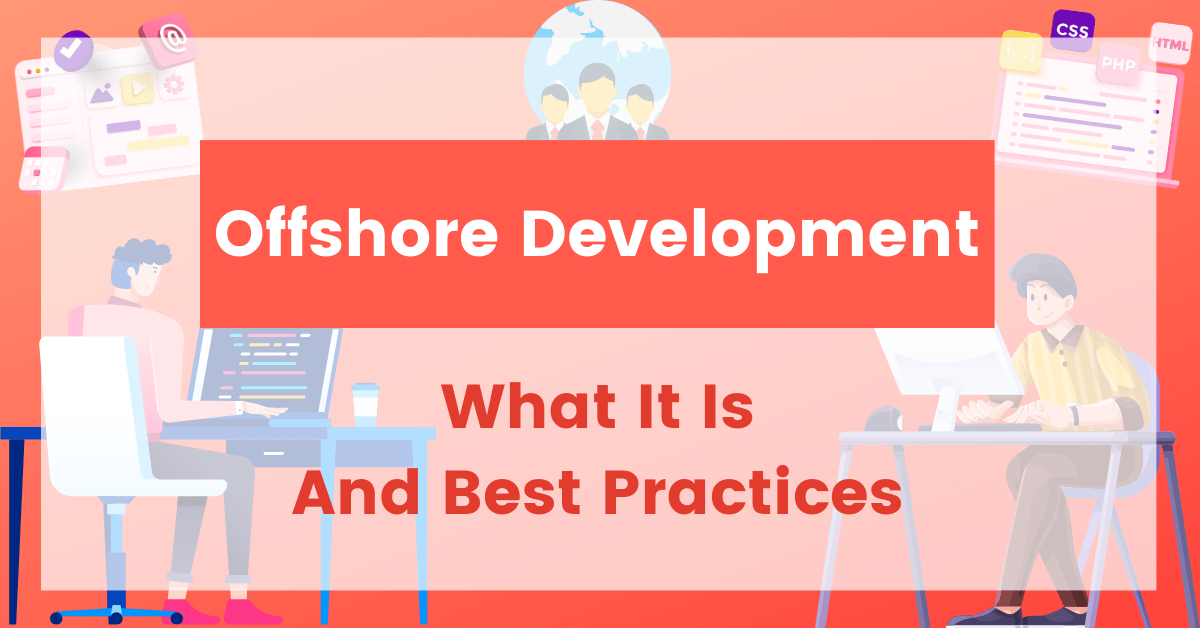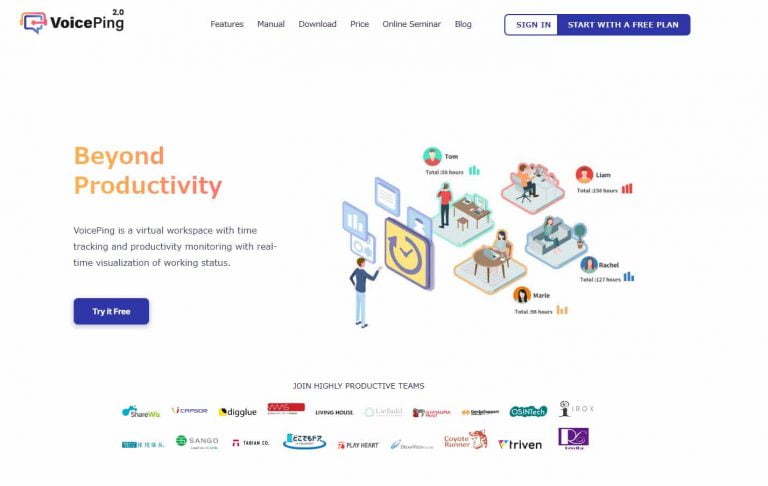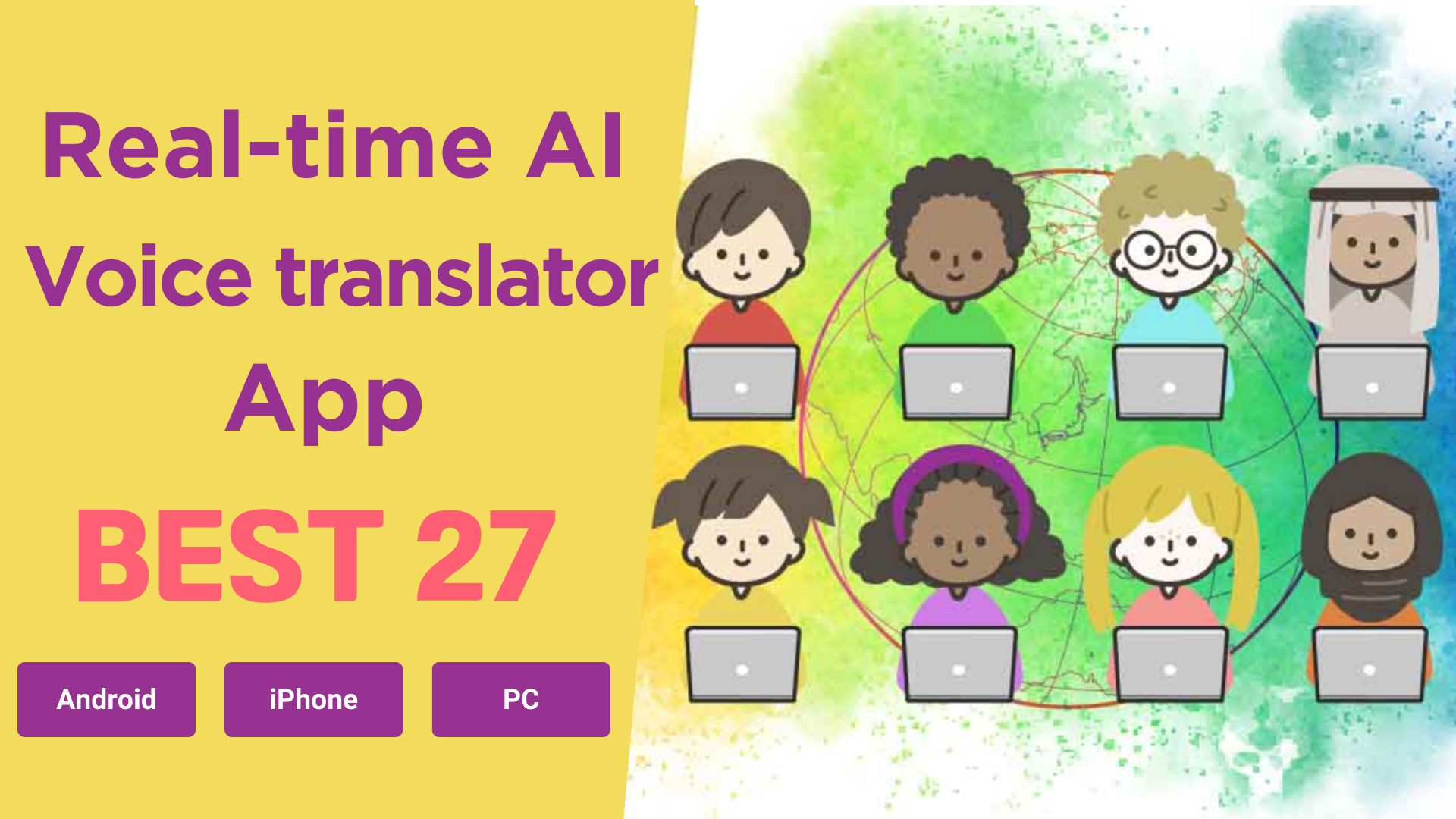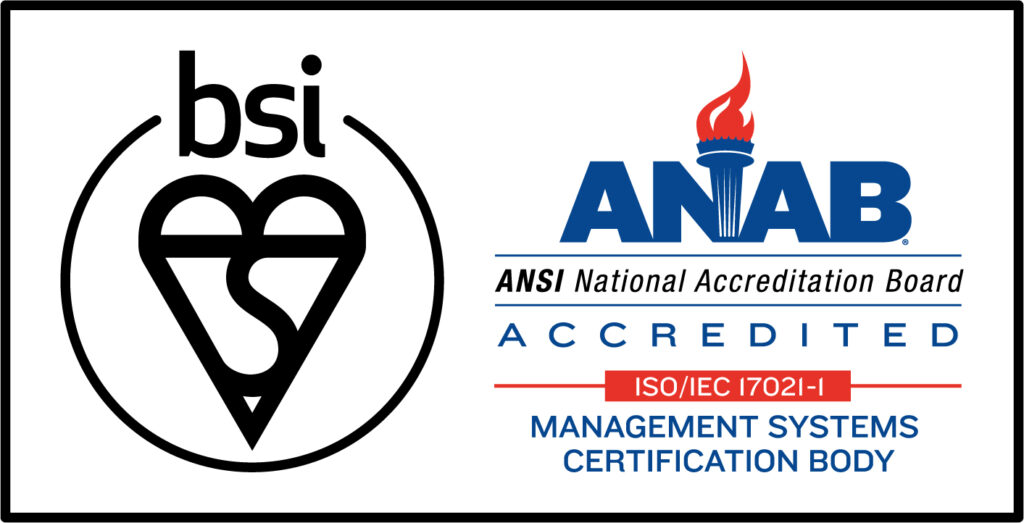Offshore development is becoming more and more popular these days: Statista registered an incredible increase in offshore development services from 2016 to 2021 and Deloitte stated that the main reason behind the growth is cost reduction, consistency, and operational effectiveness.
Offshore development seems to be the key to success for many projects but it isn’t always easy to handle. In this article, we’ll discuss what offshore development is, what are its benefits, and how to handle it.
目次
ToggleWhat is offshore development?

Offshore development is the practice of outsourcing a part of the project to a third-party software development vendor.
Offshore development is different than outsource the entire workflow. With outsourcing development, you are not hiring a third-party developer to take care of the whole project; you’d better think of the offshore developer, or development vendor, as a collaborator.
Offshore development differs from onshore and nearshore development. As we’re about to discover, compared to them, offshore development brings advantages, but also some challenges.
Onshore development
With onshore development, you are outsourcing to a vendor that is located in the same region as yours. If you are located in the United States, your onshore outsourcing resources are also located in the United States.
Onshore development has some advantages: there are no cultural barriers between you and the vendor, and the time zone would be the same. This means that any issue that could arise can be solved promptly and you could also organize live meetings since you and the vendor certainly speak the same language.
Onshore development, however, also has some limits, the biggest of which is the cost. Onshore development is the most expensive. This is due to labor remunerations but also to tax rates.
Nearshore development
With nearshore development, you are outsourcing to a vendor that is located in a near country. For example, if you are located in the United States, your nearshore development vendor would be located in North America as well.
The advantages of nearshore development are similar to the ones of onshore development, but they are not the same, especially if you don’t live in the United States. Those who are located in Europe, for example, can have language and cultural barriers even with nearshore development because, as you know, each European country has a different language and, sometimes, deep cultural differences.
The time zone, however, would be pretty much the same, and if you speak English you should be facilitated.
The limits of nearshore development are also the same as onshore development: the costs are high, certainly higher than offshore development.
Offshore development
When it comes to offshore development, you are outsourcing to a vendor whose headquarters are very distant from your location: not only they are in another country, but very often they are in another continent. If you are located in the United States, for example, your offshore development vendor could be located in Central Europe or Asia.
Offshore development vendors, however, are usually located in Asia, because this is where the availability of vendors and developers is higher.
Offshore development can bring some challenges: different time zones and language and cultural barriers are the most important. Language and cultural barriers can be overcome by learning English and having an open mind. Cultural differences can lead to a difference in availability, different ways of interacting with people and collaborators, and different approaches to work. Sharing goals and trying to understand the differences instead of judging them are the perfect strategies to overcome the challenge.
The benefits of offshore development

1- Concentration on core business activities and scalability
Offshore development, just onshore or nearshore development, allows you to delegate parts of your project to third parties.
Then, you will have time to core business activities. It advances your business powerfully. Your business must have various tasks other than development; promotion, research for improvement, optimization, and so on. By outsourcing parts of development, you get time for comprehensive consideration on your business.
Also, offshore development simplifies expansion of your business. When you try to expand it, your cause of worry may be resources. Necessary tasks are very many, but in-house resources are limited. At that time, offshore development sourcing labor from outside may be useful for you.
2- Reduced costs
Compared to onshore and nearshore development, offshore has the advantage of being more cost-effective. It is also far cheaper than maintaining an in-house IT team. Offshore development can lower costs because:
- you don’t need to invest in infrastructures or new software;
- you don’t have to directly hire people;
- you don’t have to train new employees;
- you can access a cheaper labor market. The labor market in the development sector can be cheaper in those areas where tax rates are lower, and where there is a higher availability of these talents.
3- Access to a broader pool of talents and Enabling business which of know-how you don't have
When you need to hire or collaborate with people near your location, your options are always limited. With offshore development, you have access to a huge pool of talent, often located in areas of the world.
It means that you can improve the quality of your product and produce new products you could not develop with in-house resources before.
4- Time effective
Offshore development is time effective in many ways:
- by delegating to thor parties, you have more time to focus on different aspects of your business;
- you can have multiple teams working on multiple aspects of the same project or on multiple projects;
- the development process is quicker and you can launch your products on the market sooner.
When to outsource services offshore?

We’ve discussed how and why you should start offshore development, but we still haven’t analyzed when. Offshore development isn’t always the right choice: if you are a developer and need to build a small app for your company, you should be coding the app in the first person and offshore development would be a waste of time. But when is it worth it, then? Let’s find out in this paragraph.
1- Lack of skills or workloads
Even when the project isn’t that complex, developers can sometimes find themselves in a position where they realize that they don’t have the skills to complete the project or certain aspects of it. In this case, it is recommended to ask for help.
This is one of the cases where offshore development is a good choice: you can outsource a task you can’t do and use it for your main project.
2- Tight deadlines
Offshore development can be a great resource when deadlines are getting closer and you realize you aren’t going to meet them. Outsourcing tasks offshore can be a quick process, but you need to be ready in advance. In particular, you need to be ready to manage remote collaboration.
3- Need for innovation
Innovation is a key aspect of any company in any sector, especially these days. Offshore development can be a tool in the hands of any company that doesn’t have an IT department but needs to innovate certain aspects of their business through technology and software.
Difficulties of Offshore development

As we’ve mentioned, offshore developments have some benefits, but there are also some difficulties about it. Just like we’ve investigated benefits, we should discuss difficulties in deeper detail.
1- Taking times to select delegates
It’s true that offshore development lets you save a lot of money and time, but it’s important who you work with. You should carefully select vendors from some perspectives.For example, cost, quality, reliability and so on are important. You might have some difficulties when you find good vendors.
2- Communication barriers
Poor communication is among the biggest challenges of offshore development. When you outsource offshore, you’re most likely collaborating with someone that doesn’t speak your language and who is probably sleeping when you are working and vice-versa.
You should avoid the situation that the product quality declines or deadlines are broken because of communication barriers.
3- Necessity of superior manager
This is also one of the most difficult aspects of offshore development. Even if development is out-sourced, management is necessary. Rather, it might become more difficult because the process of development becomes uncontrollable. For example, it might be a little hard to feel free to monitor the progress. For example, you will face the following difficulties.
- Communicating deliverables and their requirements precisely without omission
- Monitoring the progress regularly
- Judging whether deliverables have enough quality
- Being careful not to be too dependent
- Creating a good and long-term relationship
Especially, it is not good for you to leave everything around development to vendors. If you do so, you might be in trouble when the vendors change terms or go bankrupt.At least, you must manage documents with which other vendors can maintain the product.
Tips for overcoming the difficulties

1- Making documents about scope, deliverables, and communication plan
For outsourcing development, you must define your requirements clearly. If it is not enough, you have troubles on the way of development. For example, deliverables might not satisfy your requirements.
To prevent it, you should make the above documents and reach a consensus with the vendors.
2- Checking progress and samples frequently
There is often a difference between the intention of the order and the one of the vendors. This happens even if you communicate with them carefully. You must check the progress so that vendors would not spend time with unnecessary tasks or different ones from your intention.
To do so, you should set regular meetings with vendors once a week if possible. Then, if you can, you had better check samples even if they are on the way of development.
3- Making criteria of product quality
After the product is completed by the vendor, you should check it and judge whether it satisfies your requirements. It is you that release it to customers and you are responsible. This is the reason why you should have criteria for accepting the deliverables from the vendors. In other words, you should design the acceptance test. Also, you should request the test report from the vendors.
4- Requesting documents for maintaining products
You should include the documents for maintenance and design specifications of the product as the deliverables. For some kind of reason, you might be going to change the vendor in future. In that case, you should keep those documents so that other vendors can update the products smoothly. The more complex your product is, The more important these documents are.
5- Using software for smooth communication
As above, communication with vendors is very important for offshore development. However, there is the difficulty of language barrier. If all persons in charge are fluent in the local language of the vendor, it is no problem, but such a good situation is not many.
When persons in charge are not fluent in the vendor’s language, software including video meeting and translation functions are very useful. For example, using VoicePing 2.0, you can hold web meetings with translation subtitles.
When you try offshore development, you had better consider implementing such a software.
Offshore development: wrapup
Offshore development is the practice of outsourcing part of the development project to vendors located in continents different from yours. This practice is becoming more and more popular because, on one hand, it is cost-effective, and on the other, it is becoming less complex. Yes, there are still a lot of challenges to be faced when you offshore, but they are becoming more manageable thanks to remote management systems like VoicePing 2.0. With VoicePing 2.0, you can manage an offshore development team in a virtual environment where communication and collaboration are made efficient and easy for all participants.
VoicePing 2.0 allows companies to use offshore development as a resource. It is a precious resource because, as we’ve seen, the benefits are many.
Every IT executive should learn how to master offshore development to scale their team. In doing so, as we’ve seen, is important that they also become good project managers. VoicePing 2.0 can be of great help.
Click here to try VoicePing’s voice translation






